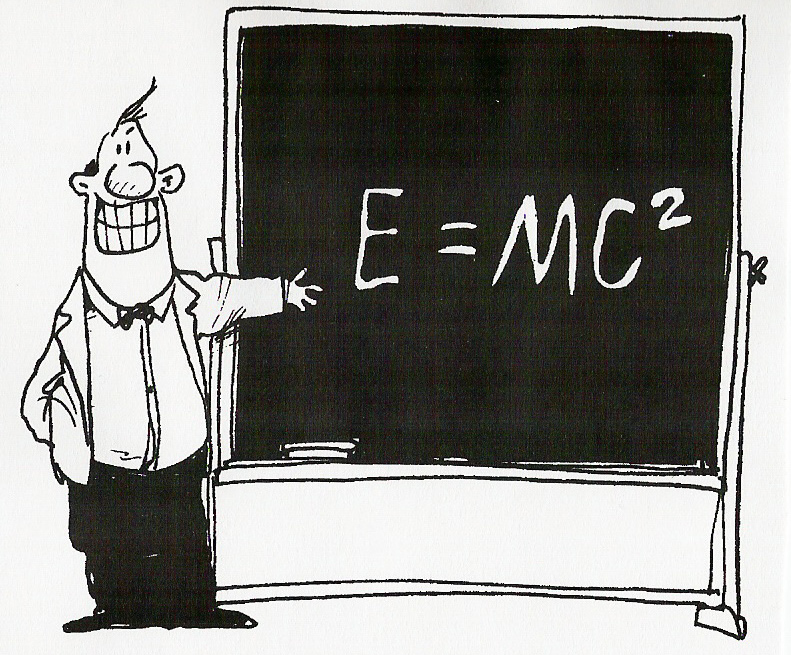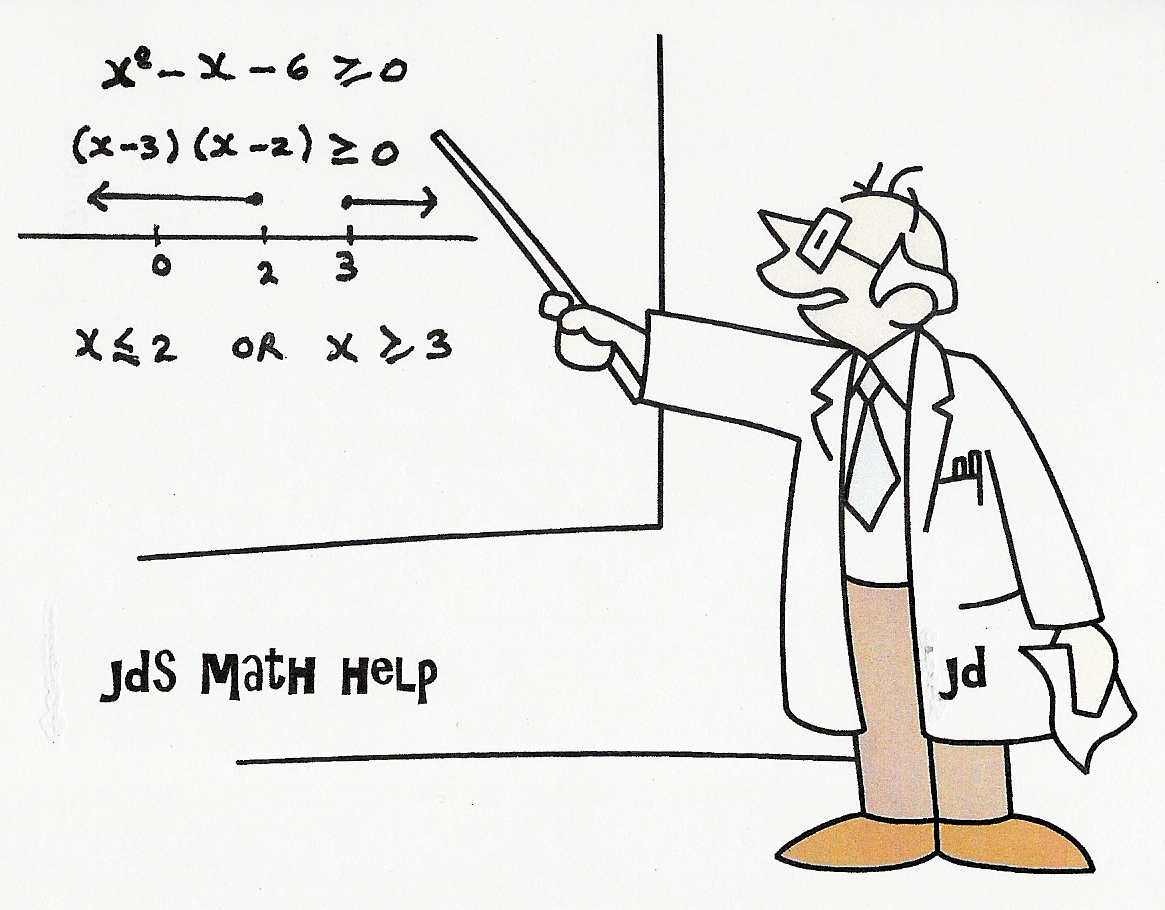|
|
|
|
|
|
|||||||
|
|
|||||||||||
|
|
UNIT
12 :
PARAMETRIC EQUATIONS AND POLAR COORDINATES
LESSON 6:
SUMMARY & TEST
LESSON 1: PARAMETRIC EQUATIONS DEFINED


|
|
|
|
|
|
-2 |
-2 + 1 = -1 |
2(-2)2 + 3=11 |
(-1, 11) |
|
-1 |
-1 + 1 = 0 |
2(-1)2 + 3 = 5 |
(0, 5) |
|
0 |
0 + 1 = 1 |
2(0)2 + 3 = 3 |
(1, 3) |
|
1 |
1 + 1 = 2 |
2(1)2
+ 3 = 5 |
(2, 5) |
|
2 |
2 + 1 = 3 |
2(2)2
+ 3 = 11 |
(3, 11) |
|
3 |
3 + 1 = 4 |
2(3)2
+ 3 = 21 |
(4, 21) |

LESSON 2:
Converting Between Polar and Rectangular Form.




LESSON 3: POLAR FORM OF
COMPLEX NUMBERS

Converting Between Polar and Rectangular Form of
Complex Numbers



LESSON 4: MULTIPLICATION AND DIVISION OF COMPLEX NUMBERS IN POLAR FORM




LESSON
5: POWERS AND ROOTS OF COMPLEX NUMBERS
Powers and roots of complex
numbers can be calculated using De Moivre’s theorem given below.








